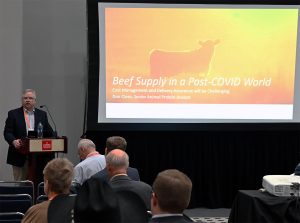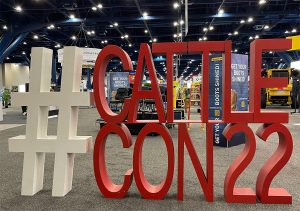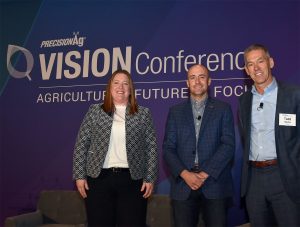 Managing the costs associated with changes happening in the beef supply chain may result in a shift of the historical live cattle and retail beef price ratio, according to a new RaboResearch report, “Beef Supply in a Post-Covid World.”
Managing the costs associated with changes happening in the beef supply chain may result in a shift of the historical live cattle and retail beef price ratio, according to a new RaboResearch report, “Beef Supply in a Post-Covid World.”
“While a cattle producer has little or no control over what happens in the beef supply chain post-harvest, it will be important for livestock producers to be aware of changes occurring throughout the supply chain,” writes report author, Don Close, senior animal protein analyst with Rabo AgriFinance. “Any changes, any inventory building, any additional controls and inspections could have a direct impact on the total cost of beef to the end user, which could change historical norms for live-to-wholesale and live-to-retail price spreads.”
Close presented the findings of the report at the 2022 Cattle Industry Convention and NCBA Trade Show yesterday in Houston, Texas. He says the area of change with the greatest potential direct impact on cattle producers is meatpacking plants’ embedding more automation into their facilities. The report notes that the initial introduction of advanced technology will not serve as a replacement for labor. It will serve which will require a workforce with different skill sets or extensive retraining.
CIC22 Rabobank press conference 32:522022 Cattle Industry Convention and NCBA Trade Show Photo Album

 From play by play to plate by plate, celebrity athlete and former NFL quarterback Tony Romo has been named the
From play by play to plate by plate, celebrity athlete and former NFL quarterback Tony Romo has been named the  There are more cowboy hats and boots in Houston than usual this week as thousands of cattle producers, industry partners and stakeholders have gathered for the
There are more cowboy hats and boots in Houston than usual this week as thousands of cattle producers, industry partners and stakeholders have gathered for the  Over the next few days convention participants will gain insights on market trends during the CattleFax Outlook Seminar, hear a “State of the Industry” update from NCBA, learn about the beef business climate around the world, and wander through the NCBA Trade Show – the industry’s largest, with more than 350 exhibitors on nearly 10 acres under one roof.
Over the next few days convention participants will gain insights on market trends during the CattleFax Outlook Seminar, hear a “State of the Industry” update from NCBA, learn about the beef business climate around the world, and wander through the NCBA Trade Show – the industry’s largest, with more than 350 exhibitors on nearly 10 acres under one roof. The United Soybean Board sponsors the conference because innovation and technology play a major role in the soybean checkoff strategic plan.
The United Soybean Board sponsors the conference because innovation and technology play a major role in the soybean checkoff strategic plan. The
The 



